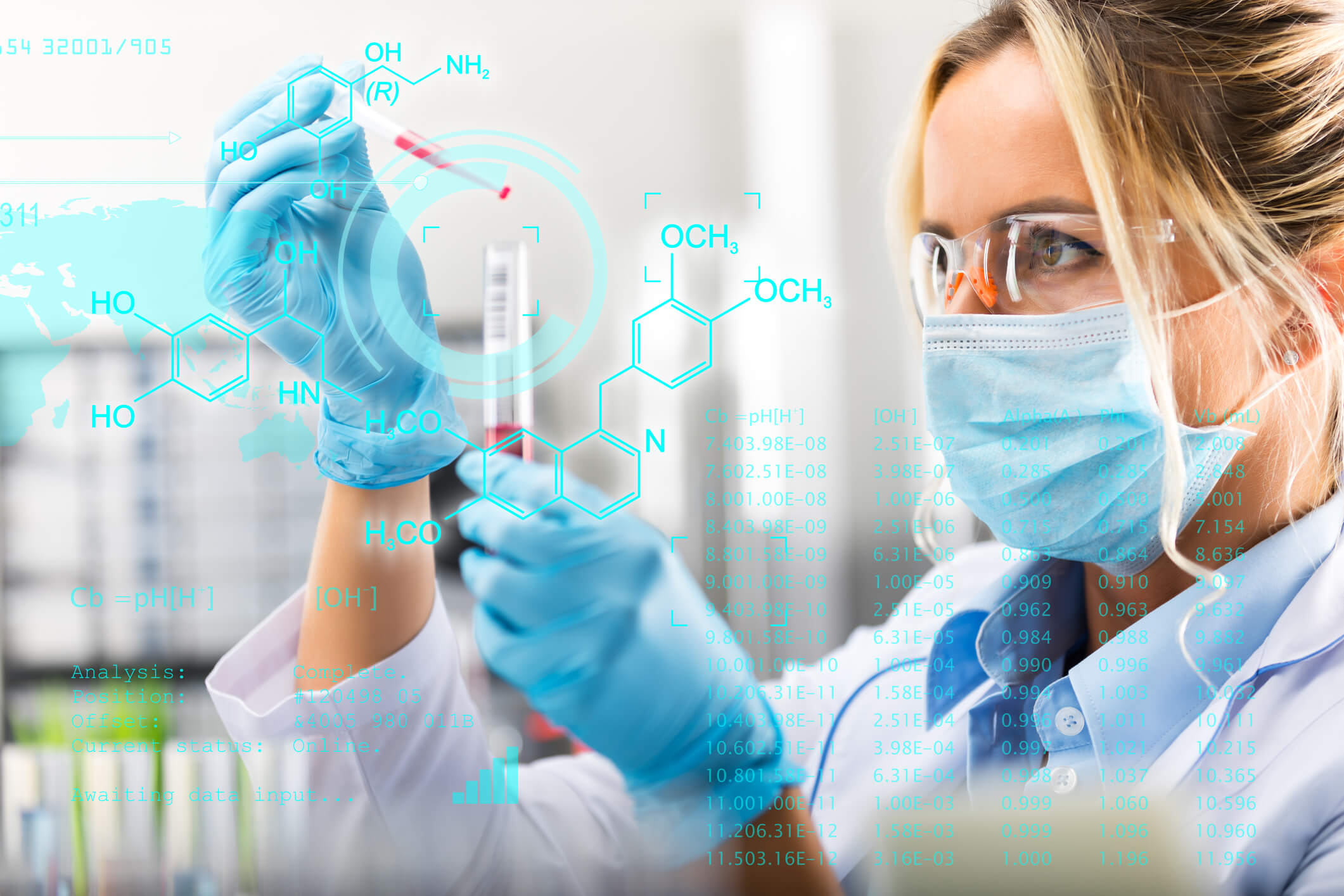Applied Colloid and Surface Chemistry
Overall Course Objectives
This introductory master course presents colloid and surface chemistry. The course deals with important principles and phenomena related to colloid systems and surface chemistry. These subjects are fundamental to the understanding and design of a range of processes like e.g. adhesion, lubrication, cleaning, oil recovery, water and air purification. Furthermore the subjects are essential for the application and design of a number of chemical products like e.g. paint, glue, detergents, cosmetics, drugs and foods. In this way the course contributes to the understanding of the development of sustainable chemical products and associated processes. Finally, the course offers understanding of several naturally occurring phenomena like e.g. fog, rain drops, the capillary effect the red sunset, the blue sky and the rainbow, and beer foam.
Learning Objectives
- evaluate and describe colloidal nano-technological and chemical systems, processes and products
- use different theories to calculate surface and interfaces tensions and use this to estimate e.g. wetting and other system characteristics
- identify mechanisms for adhesion between surfaces and materials and use different methods to estimate this
- describe the most important and fundamental theories in surface chemistry
- explain micellation of surfactants, know how to measure this and calculate dependencies of salt concentration, system temperature and surfactant chain length
- compare and understand adsorption in gas-liquid and solid-liquid surfaces and perform quantitative adsorption calculations
- calculate molar mass and molecular shape of colloid particles and polymers based on experimental data
- describe the interactions between colloidal particles and identify similarities and differences for the governing molecular forces and interactions
- explain the most important parameters for the theories of colloidal interaction and perform calculations using the theories
- describe the conditions for stability of colloidal systems and discuss and compare different mechanisms for stabilization
- describe mechanisms for stabilization of emulsions and foam, and design emulsions and foam by using various semi-empirical methods
Course Content
i. Common presentation of colloidal and surface phenomena
ii. Theories for calculating surface tension (in air), liquid-liquid interfacial tensions as well as interfacial tensions for solid surfaces
iii. Fundamental theory (Young-Laplace, Kelvin equation, Young’s equation for contact angle and Gibbs adsorption theory)
iv. Surfactants – detergents: micellation (critical micellar concentration, CMC) adsorption of surfactants on surfaces
v. Adsorption at gas-liquid, liquid-liquid and solid-liquid surfaces. Langmuir and BET theories
vi. Wetting and adhesion – mechanisms and calculations including Zisman’s plot
vii. Kinetic, optical and electric properties of colloidal particles
viii. Experimental metods for characterising colloidal particles – estimation and measurement of structure, size and shape
ix. Intermolecular og interparticle forces: van der Waals and double-layer forces (zeta potential, Debye thickness, Hamaker constant)
x. Stability of colloidal systems. DLVO theory and steric stabilization
xi. Emulsions and foam, (HLB, Bankroft-rule, etc.)
Recommended prerequisites
26201, A relevant Bachelor degree
Teaching Method
Class lectures and group work
Faculty
Remarks
The course is recommended together with the January course 28316, which is the experimental “hands-on” equivalent to this course.
The following textbook is used in the course: G. M. Kontogeorgis og S. Kiil, Introduction to Applied Colloid and Surface Chemistry, 2016, Wiley.




